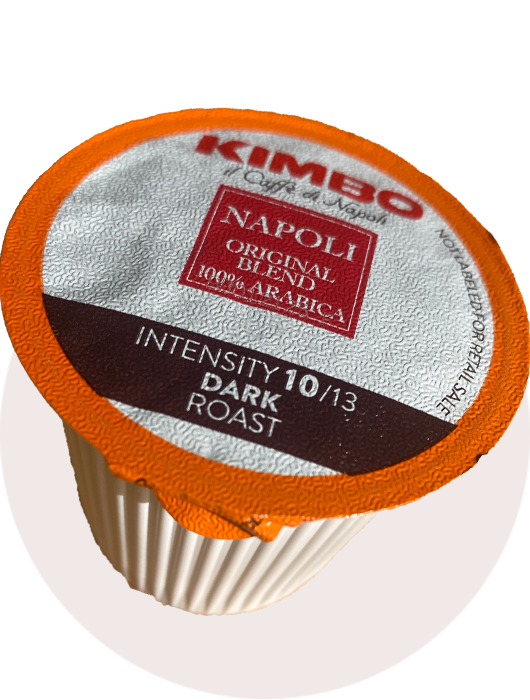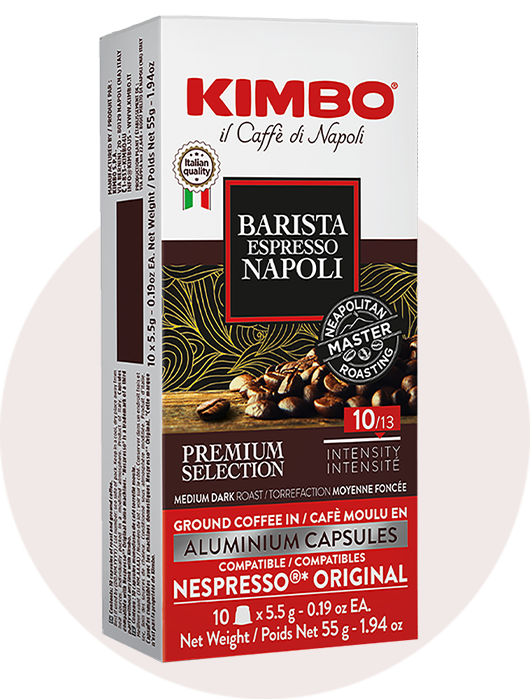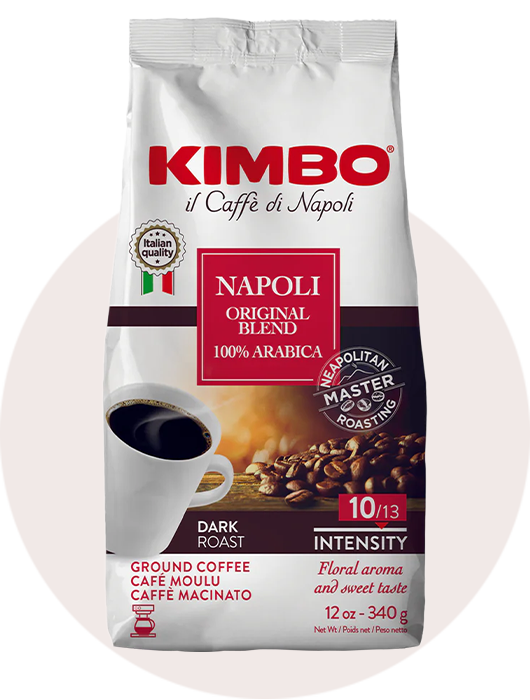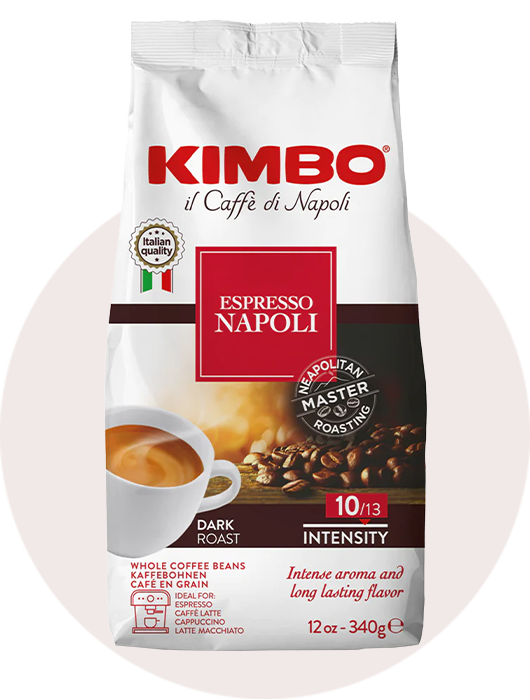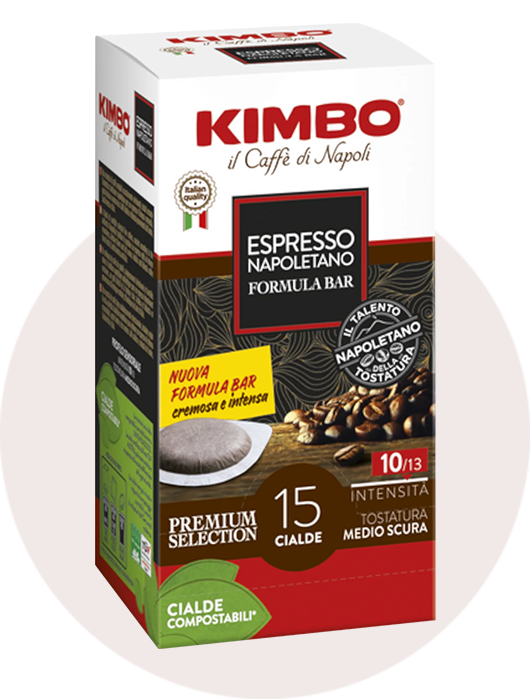Picture this: you've just bought a bag of your favorite coffee beans, ground them to perfection, and brewed a delicious cup of coffee. But now you're left with a bunch of ground coffee and no clue how to keep it fresh. Don't worry, we've got you covered! In this post, we'll dive into the best ways to store ground coffee to keep it tasting great cup after cup.
The Enemies of Ground Coffee Freshness
Before we get into storage tips, let's talk about what makes coffee go bad in the first place. There are four main culprits:
A. Oxidation: Coffee's Nemesis
As soon as you grind those beautiful beans, they start losing flavor thanks to oxidation. When coffee is exposed to air, the compounds that give it that delicious aroma and taste start breaking down. It's like your coffee is slowly suffocating!
B. Moisture: A Recipe for Mold and Staleness
Coffee beans are like little sponges - they love soaking up moisture from the air. But when your ground coffee beans absorb too much humidity, they can start to taste stale or even grow mold. Yuck!
C. Heat: Accelerating the Loss of Flavor and Aroma
Heat is like a fast-forward button for coffee staleness. When you store your grounds near heat sources like ovens or in direct sunlight, the high temps cause the flavorful oils in the coffee to evaporate more quickly.
D. Light: Sapping the Flavor From Your Coffee
UV rays from sunlight or even bright indoor lights can degrade the oils in your coffee, leaving you with a bland, flavorless brew. It's like your coffee is getting a nasty sunburn!
The Ideal Environment for Storing Ground Coffee
Now that we know the enemies, let's talk about how to create the perfect coffee storage oasis:
1. Temperature: Cool and Stable is Key
The Goldilocks zone for coffee storage is around 68-77°F (20-25°C). This room temperature range is cool enough to slow down oxidation and evaporation, but not so cold that moisture becomes a problem.
2. Humidity: Keeping Things Dry
Aim for a relative humidity of 55-65% to prevent your grounds from soaking up too much moisture. Avoid storing coffee in humid spots like next to the stove or sink where steam can sneak in.
3. Light: Darkness is Your Friend
Coffee thrives in the dark, so choose a cabinet, drawer, or pantry far away from windows and bright lights. Basically, store your coffee where a vampire would feel at home!
Choosing the Right Container
The container you choose for your coffee grounds can make or break your brew. Here's what to look for:
1. Airtight Seals: Locking Out Oxygen and Moisture
An airtight container for coffee is a must to keep oxidation and humidity at bay. Look for containers with super tight-fitting lids or ones that have special one-way valves that let carbon dioxide out without letting oxygen in.
2. Opaque Materials: Blocking Light for Better Flavor
Clear glass or plastic containers might look pretty, but they let in too much flavor-zapping light. Opt for opaque materials like ceramic, stainless steel, or tinted glass instead.
3. Size Matters: Matching Container Volume to Your Coffee Habits
Choose a container that holds just enough coffee for a week or two. The less air in the container, the slower the oxidation process. If you're an occasional coffee drinker, several small coffee storage containers might be better than one big one.
Smart Storage Habits for Maximum Freshness
In addition to using the right container, adopting these savvy storage habits can help keep your coffee tasting great:
1. Buy Fresh, Buy Small: The Benefits of Purchasing in Smaller Quantities
Coffee reaches peak freshness just 1-2 weeks after roasting, so buying smaller amounts more frequently is better than stocking up. Check the roast date on the bag and choose the freshest option.
2. Grind Your Own: The Ultimate Freshness Hack
Pre-ground coffee just can't beat the taste of freshly ground beans. If possible, buy whole beans and store your coffee beans properly, then grind just the amount you need each time you brew. It's like having a mini coffee shop in your kitchen!
3. Use It or Lose It: The Importance of Consuming Coffee Quickly
For the best flavor, use your ground coffee storage container within 1-2 weeks of opening the bag. After that, the quality starts going downhill fast. If you find yourself tossing out stale coffee, buy smaller quantities next time.
Special Considerations
While the tips above work for most coffee drinkers, there are a couple of special cases to consider:
A. Freezing Coffee: Pros, Cons, and Best Practices
Freezing coffee beans or grounds can extend their shelf life, but it's risky. If moisture seeps in, you could end up with icy, flavorless coffee. If you do freeze, use a truly airtight container and let the coffee fully thaw before opening the container to avoid condensation.
B. Fridge Storage: Why It's Generally Not Recommended
Storing coffee in the fridge is usually a bad idea. The high humidity and pungent odors in most fridges will wreak havoc on your poor grounds. The only exception is if you have a very airtight container and a moisture-eliminating desiccant packet. But even then, it's probably not worth the risk.
Conclusion
By understanding the factors that make coffee go stale and using the right coffee grounds container, you can keep your home-brewed coffee tasting café-fresh for much longer. To recap, store your grounds in an opaque, airtight container at room temperature in a dark, dry place and only buy as much as you'll use within a couple weeks. With a little TLC, you can say goodbye to stale, flavorless coffee for good!
So go forth and store that coffee like a pro! Your taste buds will thank you. If you've got any other tips for storing grinded coffee, we'd love to hear them. Happy brewing!
